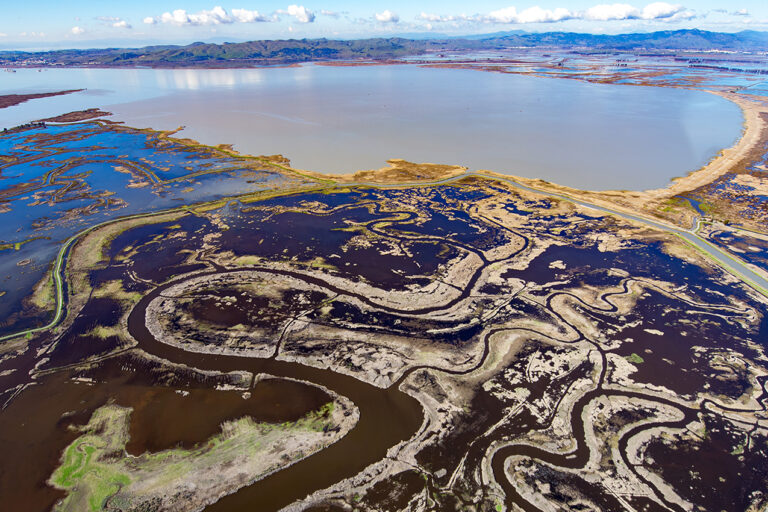How water is apportioned to California’s cities, farms, and the environment can lead to conflict and competition in times of drought. Allocation of water to the environment in particular is poorly accounted for and poorly understood’shortcomings that can affect water policy, decision making, and public perception. This report reviews the state’s long-standing methods for defining and accounting for environmental water and proposes reforms to improve the timeliness, transparency, and detail in the accounting of environmental water allocation.
Foremost among our recommendations is that the state adopt a new approach to environmental water accounting. In particular, we propose separating out two portions of environmental water that are currently lumped together: “ecosystem water” used exclusively to support fish and wildlife, and “system water” primarily managed to meet the needs of agricultural and urban water users, such as preventing high salinity levels.
The state should also more consistently track water that exceeds water demands and diversion capacity (“uncaptured water”), which can provide significant benefits for water users and ecosystems.
We illustrate this approach using the Sacramento-San Joaquin Delta as a test case. The Delta is California’s most important water supply hub, and allocation of water to the environment has been mired in controversy. We find that water for the ecosystem has been growing since the mid-1990s because of regulatory changes to improve conditions for endangered fish, and trade-offs have been rising between ecosystem uses and exports. But contrary to popular understanding, a large and growing volume of environmental water is actually “system water” required to protect the quality of diversions by farms and cities that rely on exports from the Delta or use water locally. Although this water also provides ecosystem benefits, it would be required even if there were no ecosystem management objectives in the region.
This example is a model for improving the transparency of environmental water accounting in other watersheds as well. Although details will vary among watersheds, this approach can be used to achieve more efficient and effective use of California’s water resources, and reduce conflict over water used for environmental purposes.
Topics
Drought Freshwater Ecosystems Water, Land & Air

